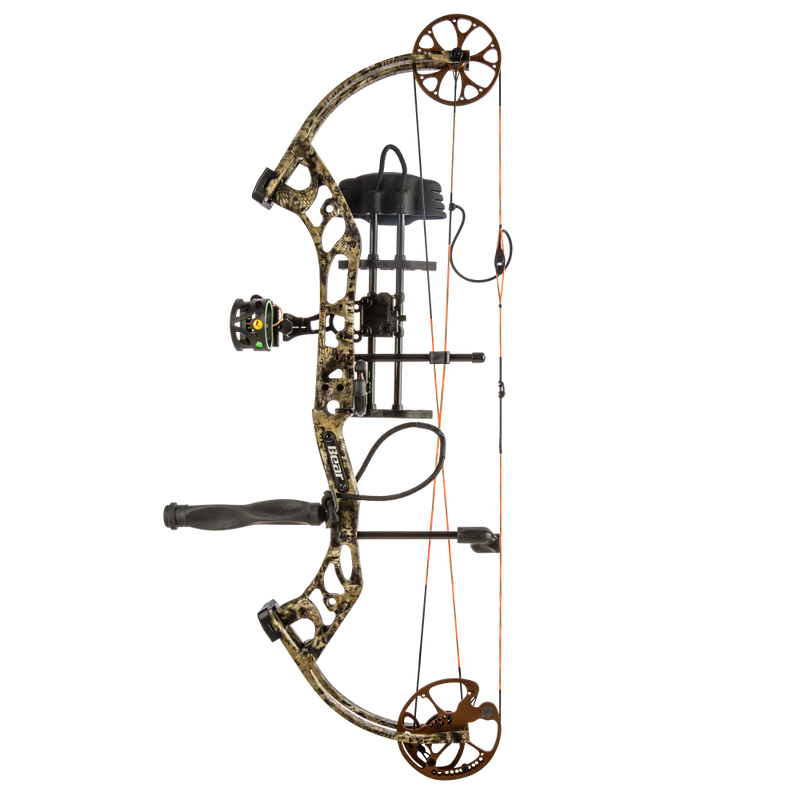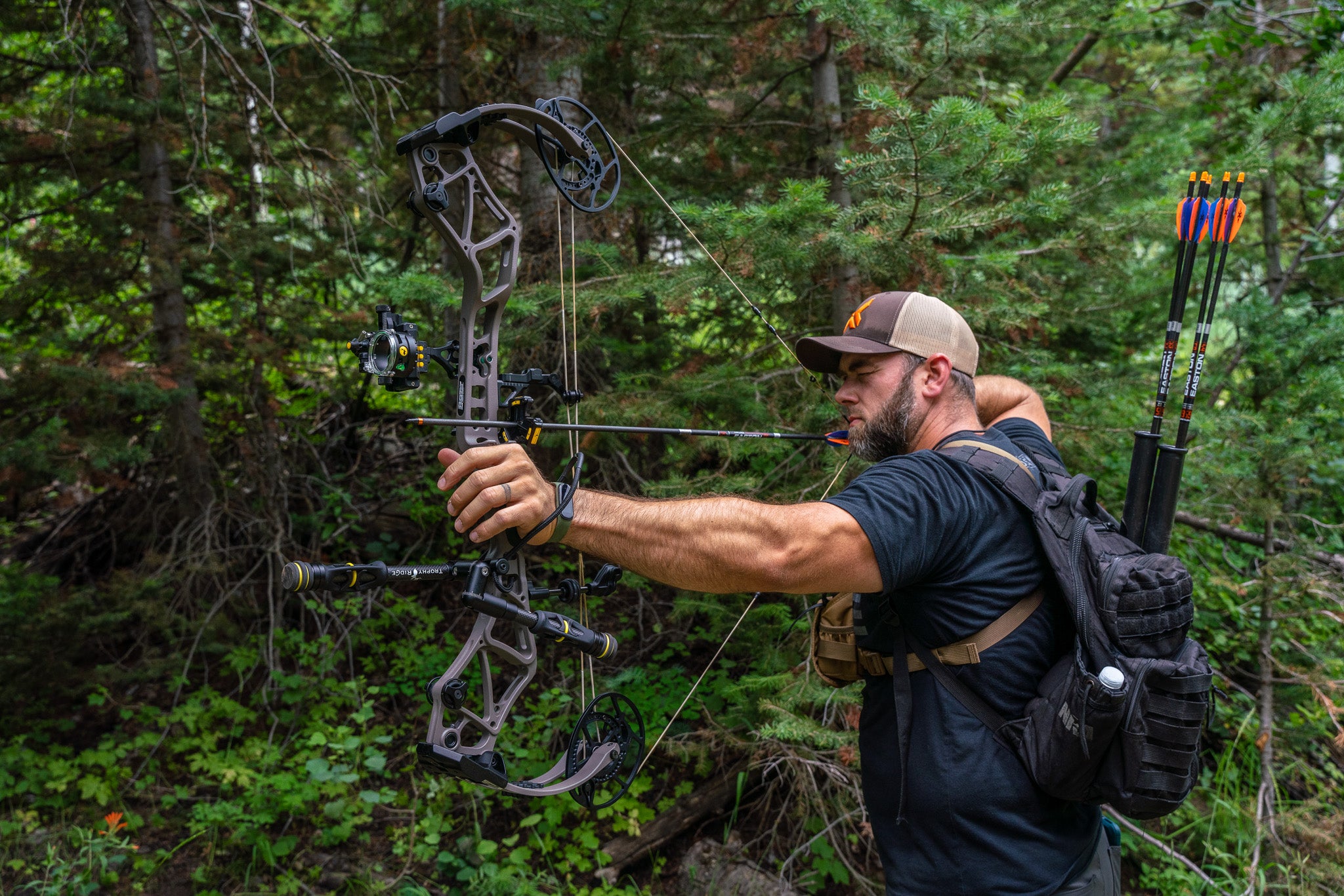Master the Art of Archery: Recognizing the Relevance of a Stabilizer in Your Arrangement
Archery, an old sport that requires precision, ability, and emphasis, has actually astounded people for centuries. Whether one is an experienced archer or simply beginning their journey, the importance of a stabilizer in their arrangement can not be overstated. This crucial piece of devices plays a considerable duty in improving precision and boosting general performance. By comprehending the benefits of using a stabilizer, thinking about the best elements when selecting one, and correctly setting up and changing it, archers can raise their skills to new heights. So, let us check out the complexities of grasping the art of archery and discover the vital duty that a stabilizer plays in achieving success on the variety.
The Role of a Stabilizer in Archery
A stabilizer plays an essential role in archery by boosting balance and minimizing resonances during the shot. When an archer attracts the bowstring and releases it, there is a transfer of power that can create the bow to shake. These vibrations can adversely influence the accuracy of the shot. A stabilizer helps to neutralize these vibrations by dissipating the energy and taking in.
One of the major benefits of a stabilizer is its capacity to boost balance. The weight of the stabilizer helps to disperse the weight uniformly, lowering the strain on the archer's arm and enhancing stability.
Along with equilibrium, a stabilizer additionally aids to reduce torque. When an archer releases the bowstring, there is a natural tendency for the acquiesce rotate in the hand. This rotation, referred to as torque, can trigger the arrow to veer off-course. The weight and layout of a stabilizer neutralize this turning, guaranteeing a much more precise and constant shot.
Benefits of Using a Stabilizer
The application of a stabilizer in archery offers many advantages that boost an archer's efficiency and overall shooting experience. A stabilizer helps to lessen the vibrations created upon release of the arrowhead. These vibrations can create the bow to torque or spin, leading to inaccurate shots. By soaking up and moistening these resonances, the stabilizer enhances the stability of the bow, enabling even more exact and regular shots.
Second of all, a stabilizer helps to balance the bow by adding weight to the front end. This weight circulation combats the natural propensity of the acquiesce tip forward upon release, lowering the quantity of movement and improving the archer's capacity to maintain objective on target.

Last but not least, a stabilizer can likewise serve as a shock absorber, decreasing the shock and recoil experienced upon release. This not just improves the comfort of shooting yet additionally lessens the risk of injury or strain on the archer's body.
Exactly How a Stabilizer Boosts Accuracy
Enhancing the precision of an archer's shots, a stabilizer plays an important role in boosting overall efficiency. archery stabilizer. By adding stability to the bow, a stabilizer helps lessen the unwanted motion and vibration that can happen during a shot. This decrease in activity allows the archer to keep a stable purpose, resulting in even more precise and regular shots

Additionally, a stabilizer aids to moisten vibrations that occur upon release. These vibrations can cause the acquiesce tremble, affecting the arrowhead's trajectory and accuracy. By taking in and dissipating these vibrations, a stabilizer aids to preserve the bow's stability and ensure a smooth and exact shot.
Additionally, a stabilizer can also assist in balancing the weight distribution of the bow (archery stabilizer). By adding weight to the front of the bow, a stabilizer helps to stabilize the weight of devices, such as sights or quivers, which may be connected to the bow. This balanced weight circulation helps the archer keep a consistent and controlled capturing setting, leading to improved accuracy
Variables to Take Into Consideration When Choosing a Stabilizer
When selecting a stabilizer for your bow, it is important to take into consideration several variables that will contribute to its total efficiency and viability for your individual capturing design. The first variable to consider is the size of the stabilizer. Stabilizers come in different sizes, varying from short to long. Longer stabilizers usually provide a lot more security and balance, yet they can likewise be larger and much more hard to maneuver. Shorter stabilizers, on the other hand, offer far better maneuverability but might give up some security.
An additional variable to take into consideration is the weight of the stabilizer. The weight of the stabilizer can influence the equilibrium of your bow.
Some stabilizers have flexible functions, such as adjustable size or flexible weights, which enable you to customize the stabilizer to your specific demands. Carbon fiber stabilizers are durable and light-weight, while light weight aluminum stabilizers provide a balance in between weight and rigidity.
Various stabilizers may function better for particular shooting styles, such as target shooting or searching. It is recommended to seek advice from with skilled archers or specialists to determine which stabilizer will certainly finest suit your private needs.
Tips for Effectively Readjusting a stabilizer and installing
Longer stabilizers give even more security however can be much less manoeuvrable, while much shorter stabilizers supply raised ability click site to move however might compromise stability. When you have chosen the appropriate length, attach the stabilizer to the bow utilizing the supplied installing hardware. Guarantee that the stabilizer is securely fastened and straightened with the bow's riser.
After mounting the stabilizer, it is required to make changes to accomplish the desired equilibrium and shot consistency. Beginning by changing the weight circulation along the stabilizer. Furthermore, think about changing the angle of the stabilizer to fine-tune the shot.

Conclusion
In final thought, a stabilizer plays a crucial role in archery by improving accuracy and reducing bow torque. By adding weight to the bow, it aids to maintain the shot and stabilize. When selecting a stabilizer, aspects such as material, length, and weight must be taken into consideration to fulfill specific demands. Correct setup and modification of the stabilizer are also essential for optimum efficiency. Grasping the use of a stabilizer can considerably enhance the archer's skill and accuracy.
Additionally, a stabilizer can also assist in balancing the weight distribution of the bow. By including weight to the front of the bow, a stabilizer helps to stabilize the weight of accessories, such as views or quivers, which may be affixed to the bow. Some stabilizers have adjustable features, such as flexible length or flexible weights, which allow you to tailor the stabilizer to your certain needs. Carbon fiber stabilizers are sturdy and lightweight, while light weight aluminum stabilizers use a balance in between weight and rigidity.
Longer browse around this site stabilizers supply more security however can be much less maneuverable, while much shorter stabilizers provide raised maneuverability yet might sacrifice security.